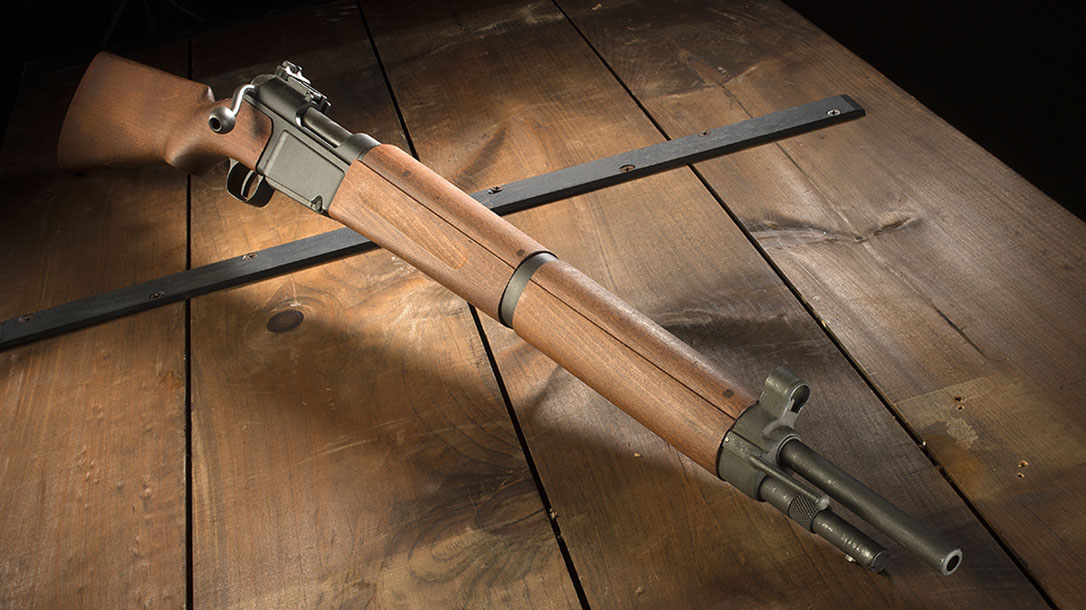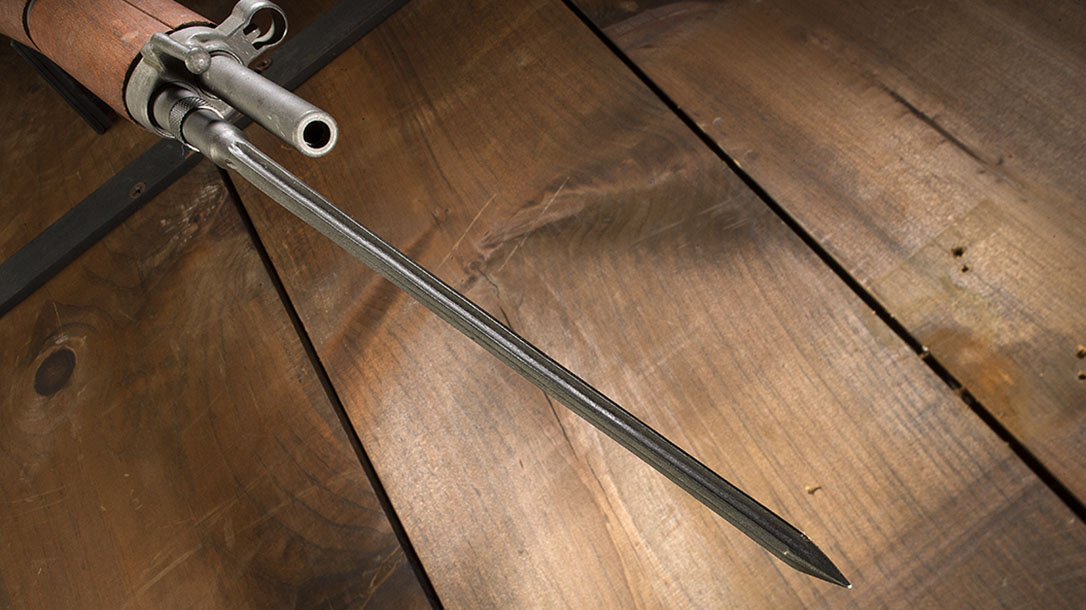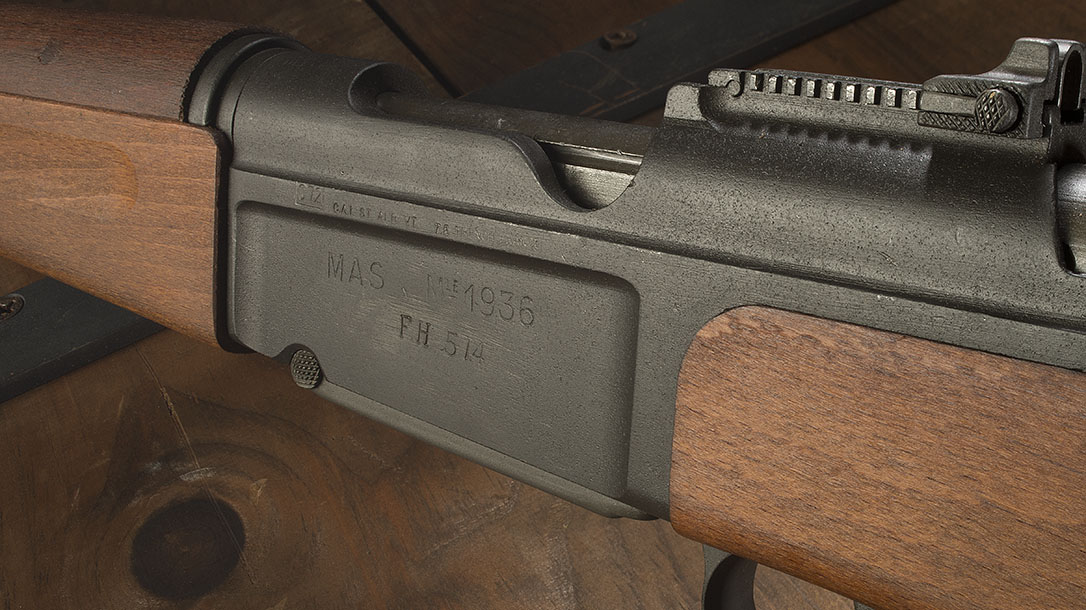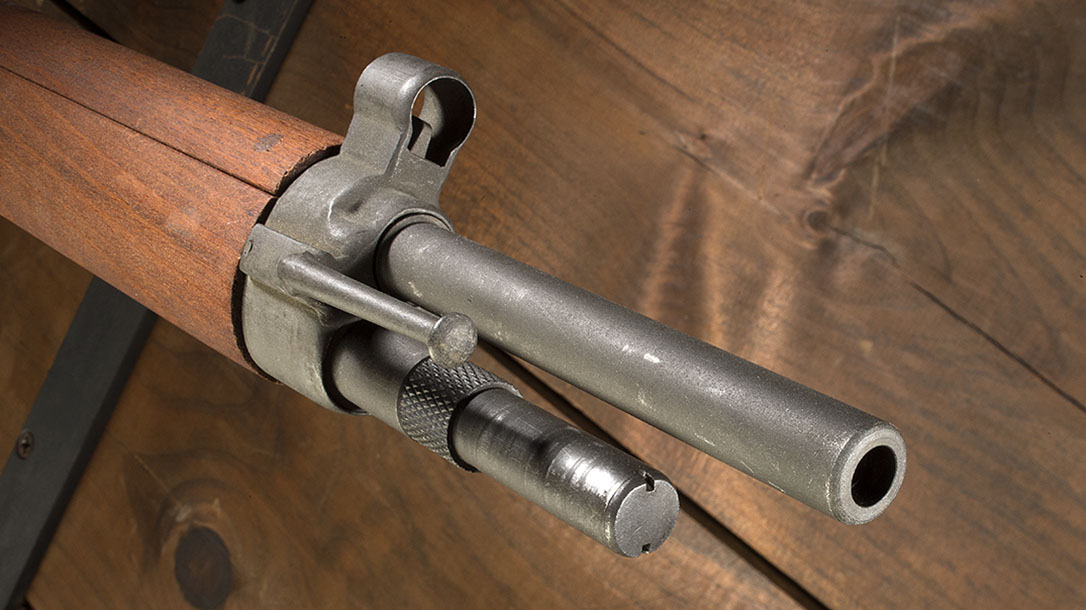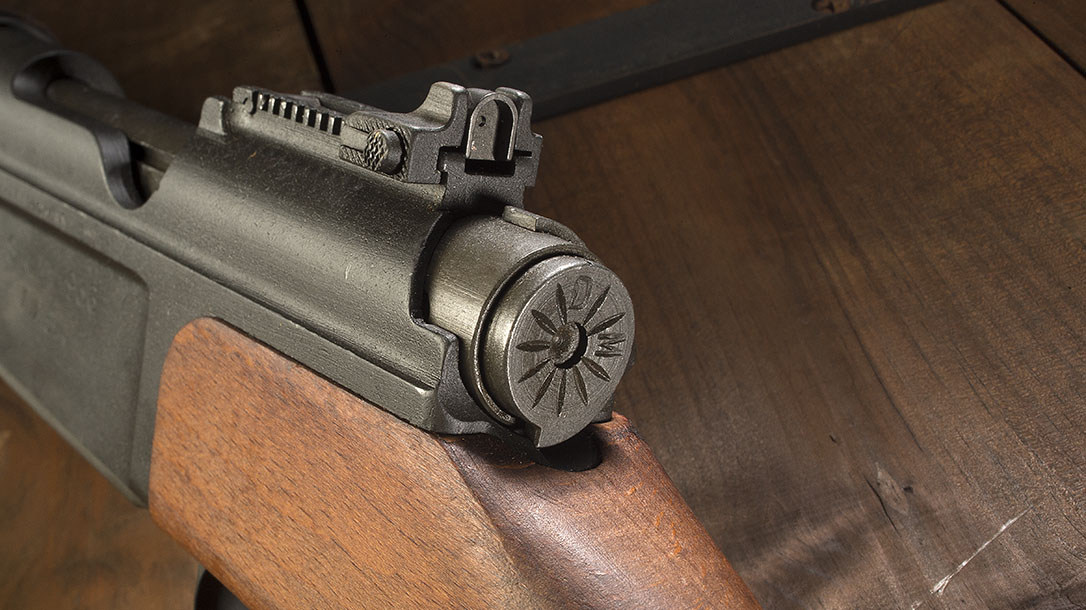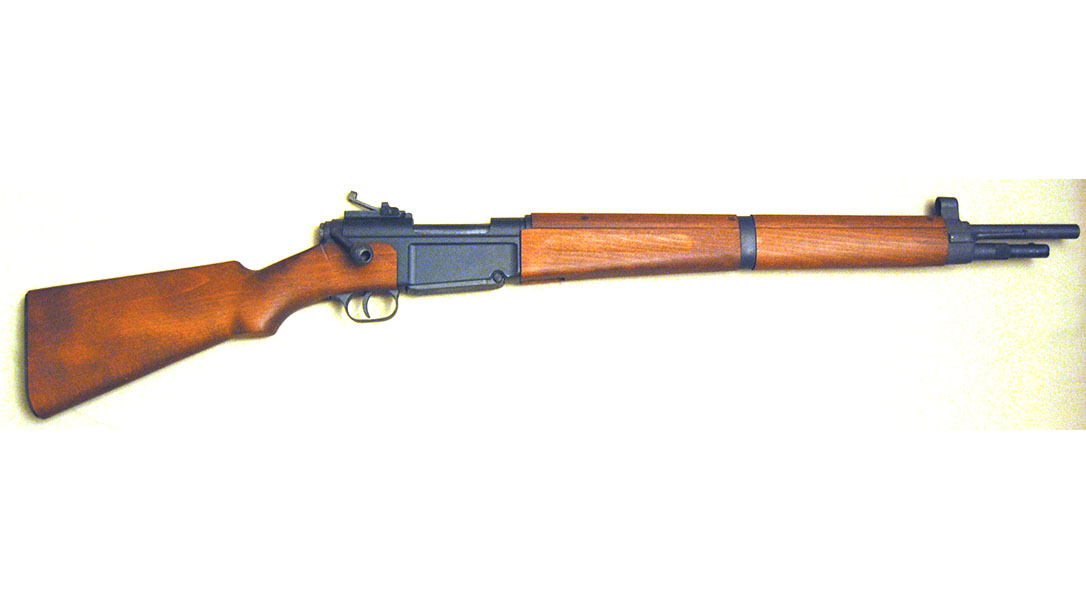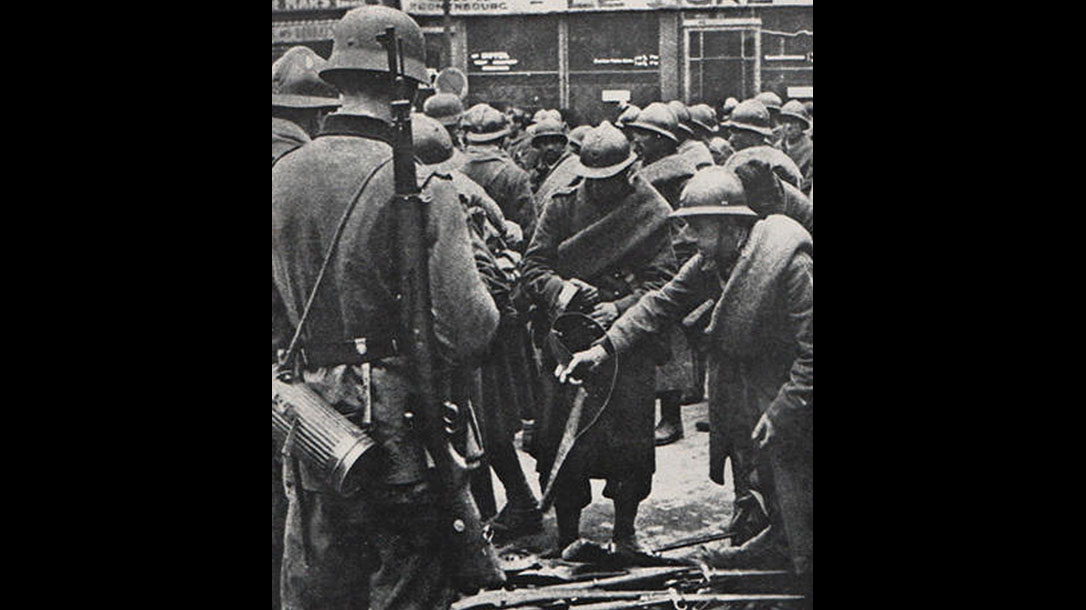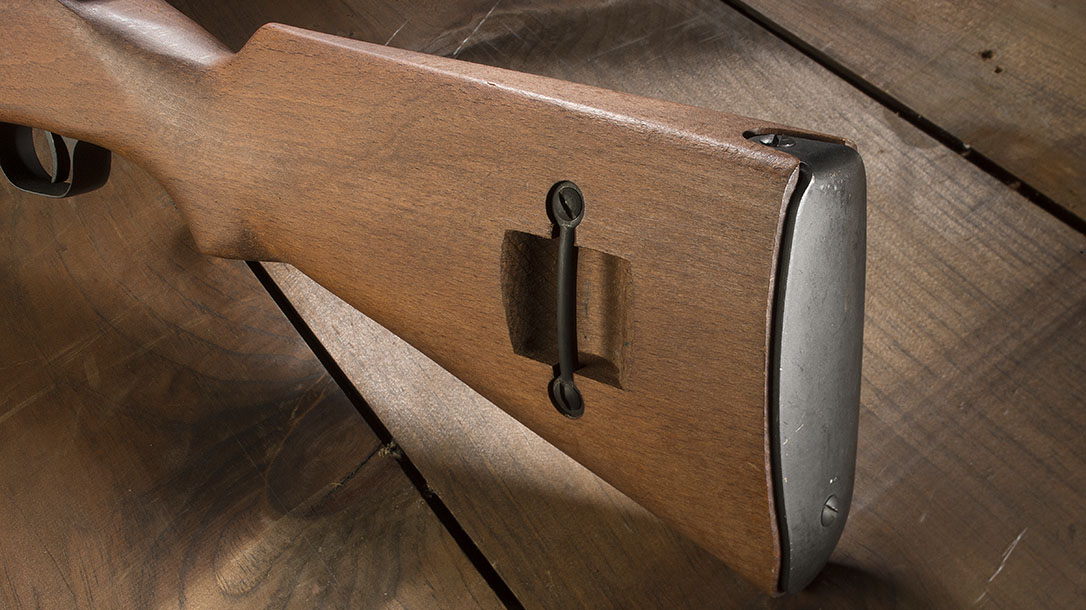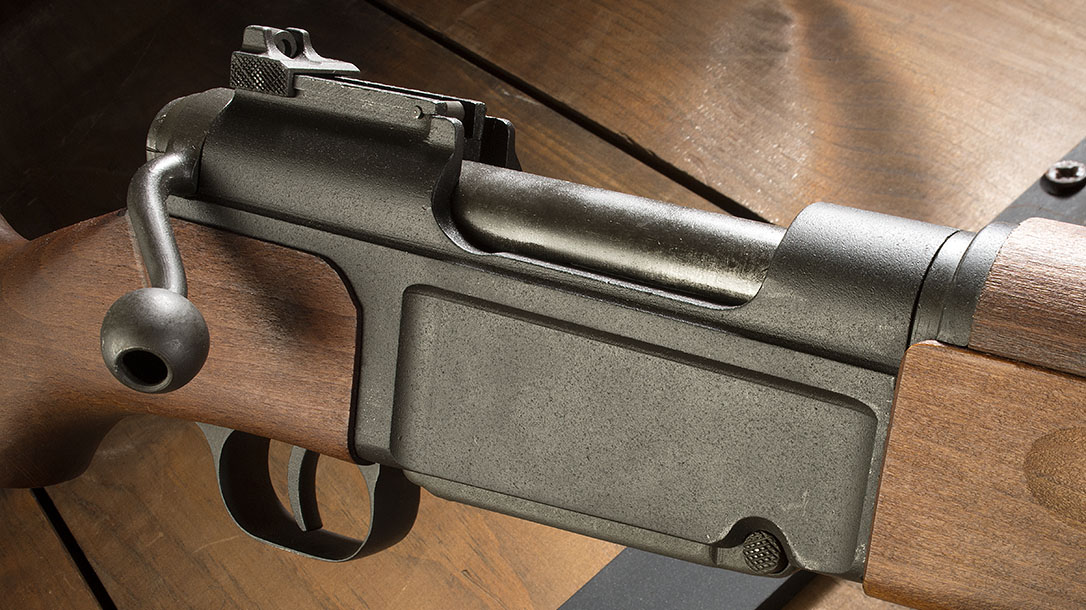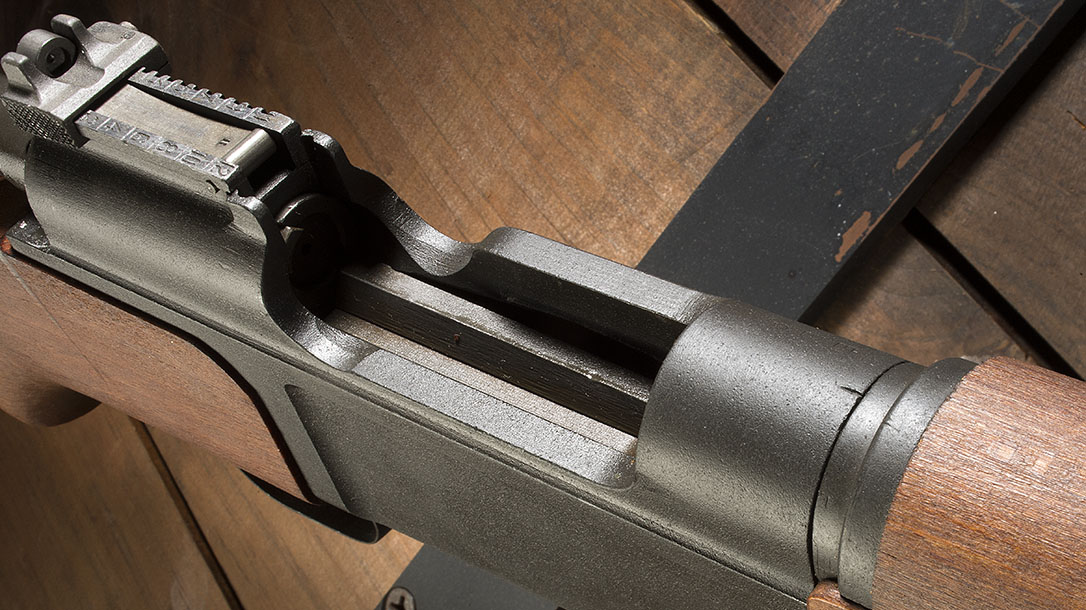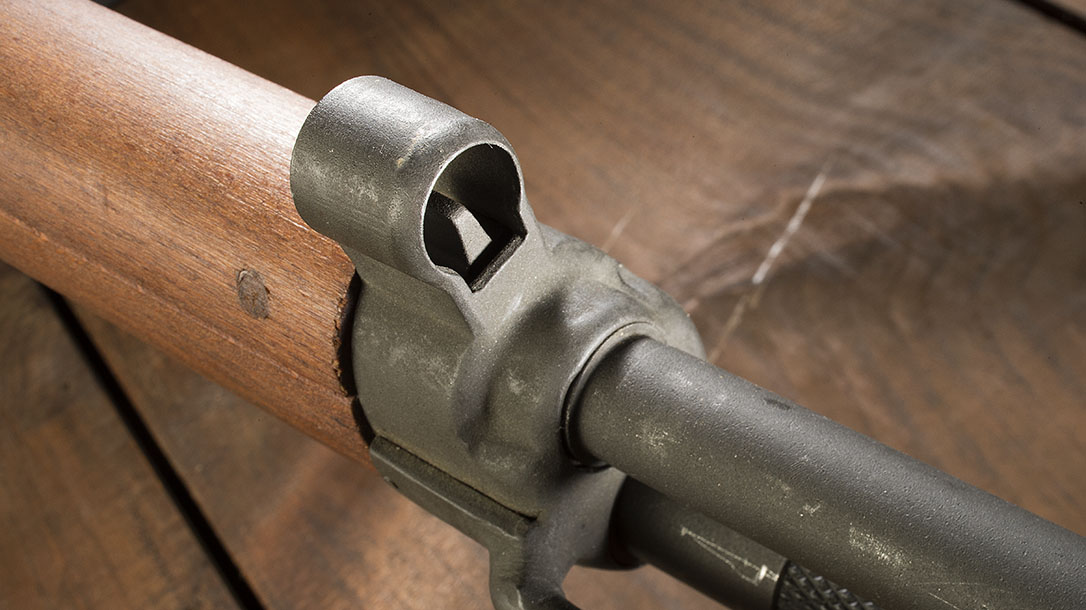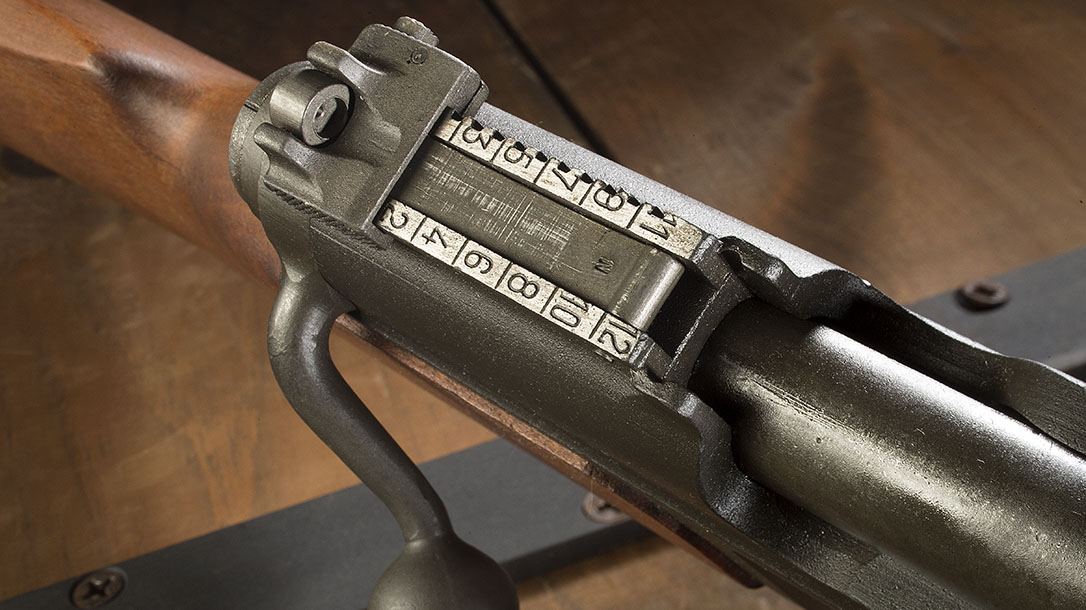France’s main battle rifle of World War II, the 7.5x54mm MAS Modèle 36, often carries the reputation of being “never fired, only dropped once.” This slight is based on the fact that the French Army was utterly defeated in the field by the German Blitzkrieg in the May and June of 1940.
That statement forgets that the rifle was used by various free French forces throughout the world; it remained in use as a training rifle all the way through 1978. The rifle also saw action in far-flung conflicts, including the First Indochina War. It also saw action in the Algerian War, where, yes, France did end up on the losing end. Captured rifles were used in the Vietnam War and the Cambodian Civil War. This proves that it is still the man carrying the weapon that has to do the fighting. In the deserts of North Africa and the jungles of Southeast Asia, the MAS 36 proved to be more than up to the task.
Advertisement — Continue Reading Below
The rifle was first adopted in 1936 by the French military. The French military had looked to replace the Berthier and Lebel models of rifles. It was produced by Manufacture d’armes de Saint-Étienne (MAS), as the Modèle 36. It was chambered for the modern, rimless 7.5x54mm French cartridge, which was a shortened version of the 7.5x57mm model 1924 cartridge.
Clearly the designers had memories of the horrors of the trench warfare of the Great War (World War I) in mind; the MAS 36 was designed to address the shortcomings of the earlier Berthier and Lebel service rifles. Most notably, the MAS 36 was much shorter and lighter than those rifles of the previous generation. Despite the fact that the French Army might not have been up to the task of beating the German Wehrmacht in the early summer of 1940, the MAS 36 has maintained a reputation as one of the most robust rifles of the era.
World War I Influences
While Germany, the Soviet Union, Great Britain and even the United States essentially entered World War II with rifles that were little more than updates of their respective WWI rifles, France looked forward. This is notable in that the MAS 36 was meant to be shorter and more compact; clearly the designers expected a repeat of the cramped trench warfare of WWI. This no doubt helps explain why the French political planners invested so heavily in the Maginot Line from 1930-40.
Advertisement — Continue Reading Below
However, while the Maginot Line (which was costly to build and even more costly to maintain) accomplished little as the Germans flanked it during the 1940 Blitzkrieg, the military planners created not only a new rifle, but a new cartridge to go with it. This began in the early 1920s when the French, who were among the first to adopt smokeless rifle ammunition in the form of the 8mm Lebel cartridge in 1886, developed a modern, rimless cartridge for a new light machine gun in the 1920s. The first result was the 7.5x57mm cartridge, which proved to be unsuccessful. This however led to the 1929 7.5x54mm round—the Cartouche Mle. 1929C—to be used with the new MAC 1929 light machine gun.
A New Design
From this the French military explored new designs for a battle rifle and the result was the MAS 36. It was designed with many features for issue to a large, quickly trained army of conscripts, which is noted in that it is very rugged.
The French designers clearly liked what they had seen with the British Short Magazine Lee-Enfield (SMLE) Mk III. That had been introduced in 1907 and was the main British rifle in use during the outbreak of World War I. At 44 inches, it was considerably shorter than the French Lebel Model 1886, which came in at nearly 52 inches. In the tight confines of the trenches the SMLE had a clear advantage, and Manufacture d’armes de Saint-Étienne managed to reduce the MAS 36 to just over 40 inches in total length.
Advertisement — Continue Reading Below
As with the SMLE, the MAS 36 featured a short barrel along with locking lugs at the rear of the bolt. This was to minimize the effects of dirty conditions, something the French had experienced during the fighting in the trenches.
Rifle Details
The MAS 36 features an internal, non-detachable, five-round box magazine. It also features a manually operated, magazine fed, rotating bolt action design. The rotating bolt, which locks directly into the receiver walls, incorporates two opposing lugs located at the rear of the bolt body. The bolt handle is notable in that it features a bent-forward design—with the intention being to provide more comfortable operation, despite the fact that it looks somewhat awkward.
This design was reportedly devised to move the handle closer to the shooter’s firing hand, with the goal of cycling the action faster and smoother. The reports from soldiers firing it is that the rifle does have a smooth action, but whether it cycles any faster than other bolt-action rifles of the era is certainly open to debate.
Advertisement — Continue Reading Below
The MAS 36 features a rather short barrel of just 22.6 inches. The rifle is fitted with a large aperture in the rear along with a front post for sights. The rear peep diopter sight is comparable to the SMLE. It is marked from 100 to 1,200 meters in 100-meter increments. The rifle also features a two-piece stock. A slab-sided, square-shaped receiver is machined from steel and contains the internal magazine. The stock group includes a separate buttstock and forend system. The magazine is loaded utilizing charging clips or by single rounds. The clip guides are machined directly into the receiver bridge.
The French military planners also clearly had conscripts in mind when devising the MAS 36. It is reportedly not an easy rifle to service, nor was it intended to be one that could be easily worked on in the field. Soldiers were responsible for the basic cleaning, and when kept relatively free of dirt, the rifle responded accordingly.
Unique Characteristics
Unique among French rifles of the era is that the MAS 36 does not feature any safety mechanism. Once a round is in the chamber there is no safety. The theory is that soldiers behind the line could carry a weapon that was unloaded, and when approaching combat could load the magazine but leave the chamber empty until necessary. This follows the French doctrine that called for soldiers to fire at the command of their respective officers and fire as a group, rather than firing at will.
Advertisement — Continue Reading Below
There was also the thinking that safeties might be a hazard in a battle and that the mechanism could get stuck due to mud and dirt. While this might seem dangerous by our modern standards, the conscripts would have been drilled to avoid negligent discharges. French troops were also taught to cycle the bolt twice and even visually inspect that the chamber was empty when ceasing fire as a way to ensure that there were no rounds left.
The other unique characteristic of the MAS 36 is that despite (or because of) the role the bayonet had played in the trenches, the French military planners saw that a socket bayonet would be an improvement over sword-style bayonets. There is also the consideration that sword bayonets were expensive to produce and were typically not used. The MAS 36 solved the latter problem and ensured that soldiers also had the bayonet as long as they had the rifle, as it was positioned in a tube directly below the barrel, in a reversed position when not in use. When needed it could be pulled out and reattached in the same tube, and this removed the need for French soldiers to have a scabbard. At 17 inches, the spike bayonet would certainly make a point when needed!
World War II
The MAS 36 was used throughout World War II by the Vichy French and Free French forces. As such, it likely may have been one of the rare cases where both sides utilized the same rifle in combat during the war. However, due to budget constraints (again, the French had that Maginot Line to pay for) MAS 36 production had been limited, so that at the outbreak of war many colonial units and even some units in France were still equipped with the Lebel rifles. The MAS 36 was often reserved for frontline troops, where many were captured by the Germans.
Advertisement — Continue Reading Below
It was put into service with garrison troops and was later used by the German Volkssturm (People’s Army) at the close of the war. It was dubbed the Gewehr 242 by the Germans.
Post-War Conflicts
The MAS 36 remained in production after the war until at least 1951, and was used throughout the French colonies. As noted earlier, it was used as a training rifle until the late 1970s. It was replaced by the semi-automatic MAS 49 and MAS 49/56 rifles.
While the basic MAS 36 was the most common version, the French military had designed a notable variation in the form of the MAS 36 CR39. That model was designed specifically with paratroopers in mind. It differed most from the original version in that it featured an aluminum buttstock. The buttstock could be folded down and under the forend of the rifle.
Advertisement — Continue Reading Below
In addition, beginning in 1951, the MAS 36 was converted to the MAS 36/51, which added a permanently attached grenade launcher and rifle grenade sights. The launcher was attached to the muzzle of the gun, while folding grenade sights were attached to the left side of the front sight base. It launched rifle grenades by utilizing special blank ammunition.
A marksman-designated model was designed and used at the time of the Suez Crisis in 1957. This model, the FR-G2, featured a telescopic sight and a match-grade barrel with harmonic compensator. This model was reportedly produced in extremely limited numbers.
Advertisement — Continue Reading Below
As the rifle was removed from service in 1978 some models were imported into the United States, but converted to 7.62x51mm NATO from 7.5x54mm. These rifles also feature an SKS-type trigger safety fitted to them.
MAS 36 Legacy
If there is one significant problem with the MAS 36 it is that the 7.5x54mm ammunition is hard to come by. As a collector of militaria, the French MAS 36 has appeal for me beyond being able to shoot it. It is a fine-looking gun that probably in some ways was ahead of its time, and sadly, in other ways, is an example of why the French Army was utterly defeated so badly and so quickly in June 1940.
The rifle is short and handy and thus would have been perfect in trench warfare. For the fast-moving Blitzkrieg, however, it was far from ideal. Still, the design was solid enough that its influence can be seen in the subsequent semi-automatic rifles that followed it, as well as later bolt-action rifles. Had World War II gone another way and been a repeat of World War I, perhaps it could have left its mark in other ways.
MAS 36 Specs
| Caliber: 7.5x54mm French |
| Barrel: 22.6 inches |
| OA Length: 40.2 inches |
| Weight: 8.2 pounds (empty) |
| Stock: Wood |
| Sights: Hooded post front, rear aperture |
| Action: Bolt action |
| Finish: Blued |
| Capacity: 5+1 |
This article was originally published in a previous issue of “Military Surplus” magazine. For more information, visit outdoorgroupstore.com.
